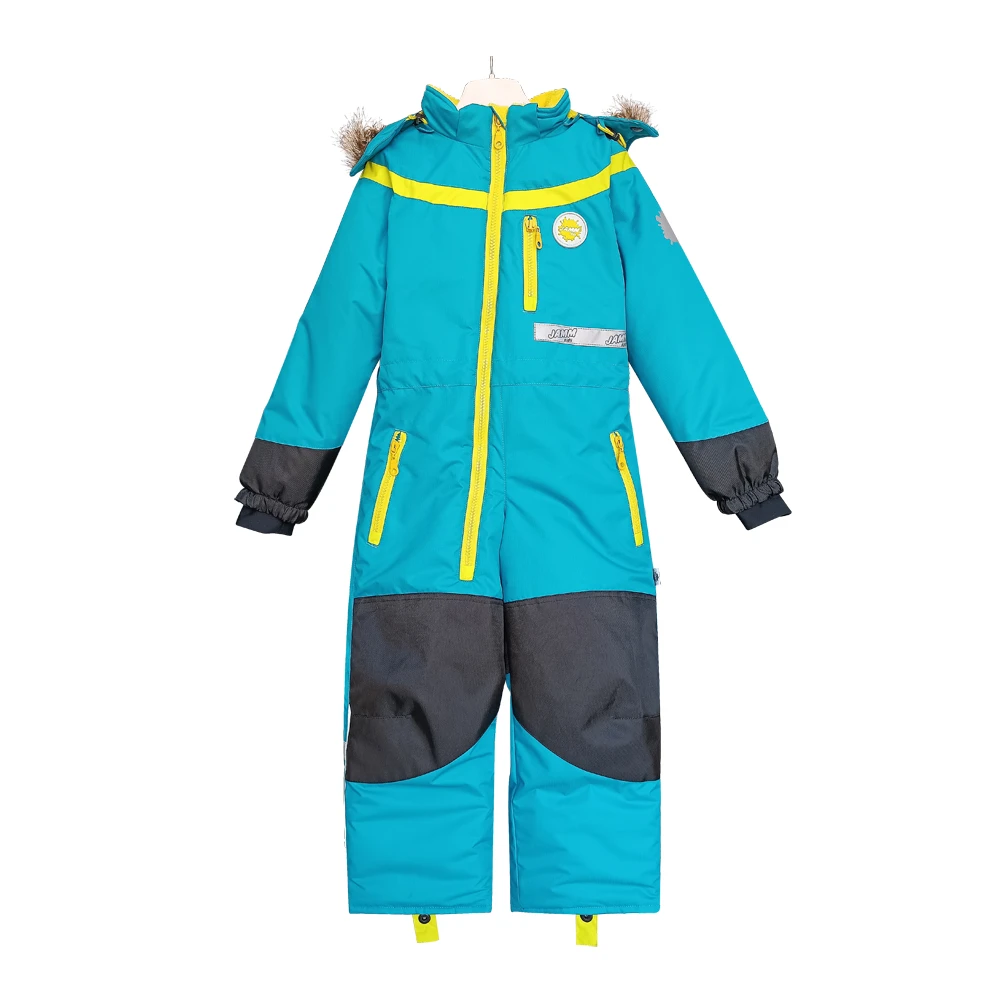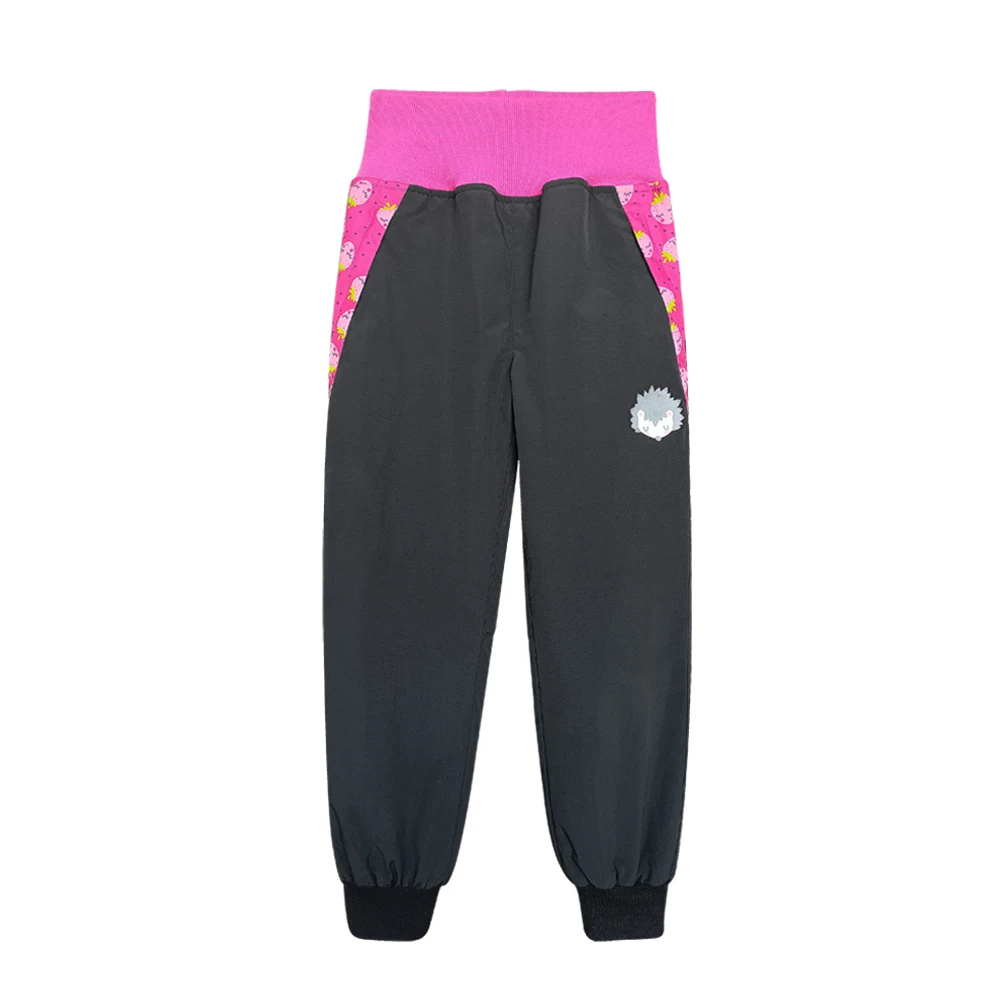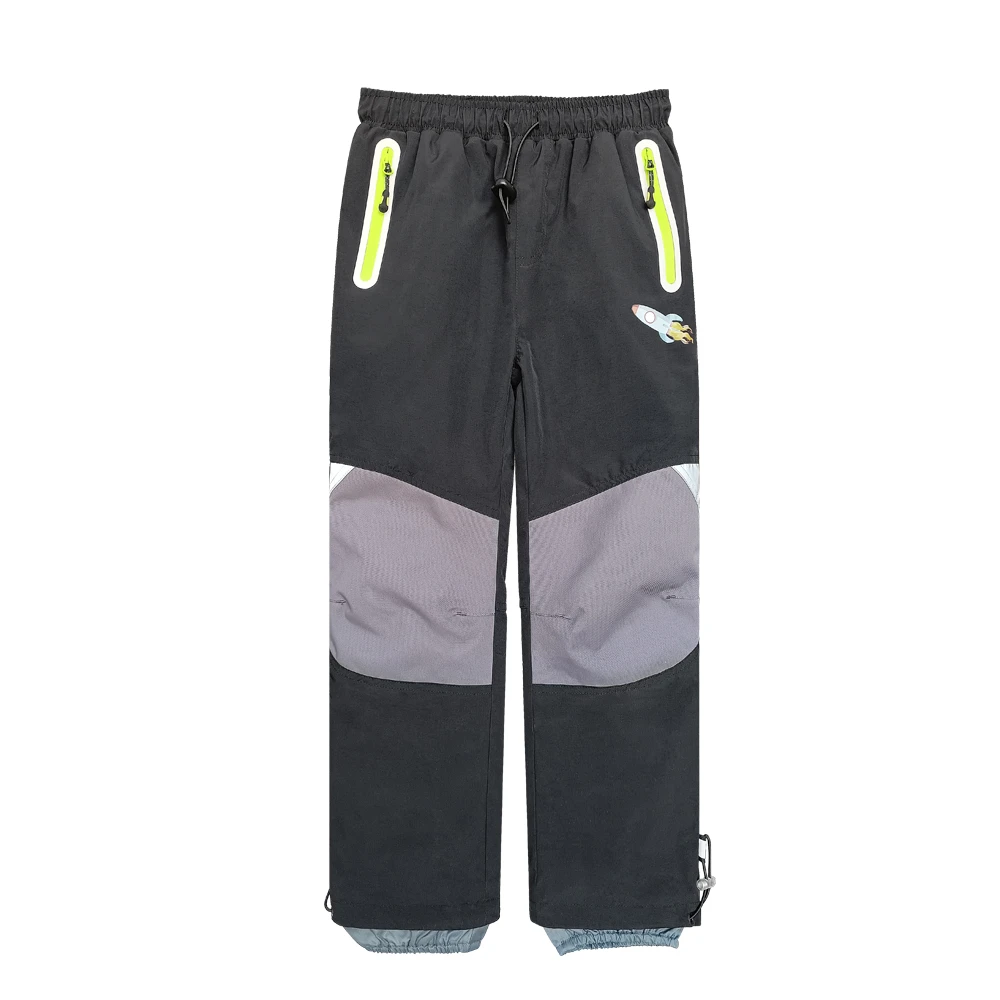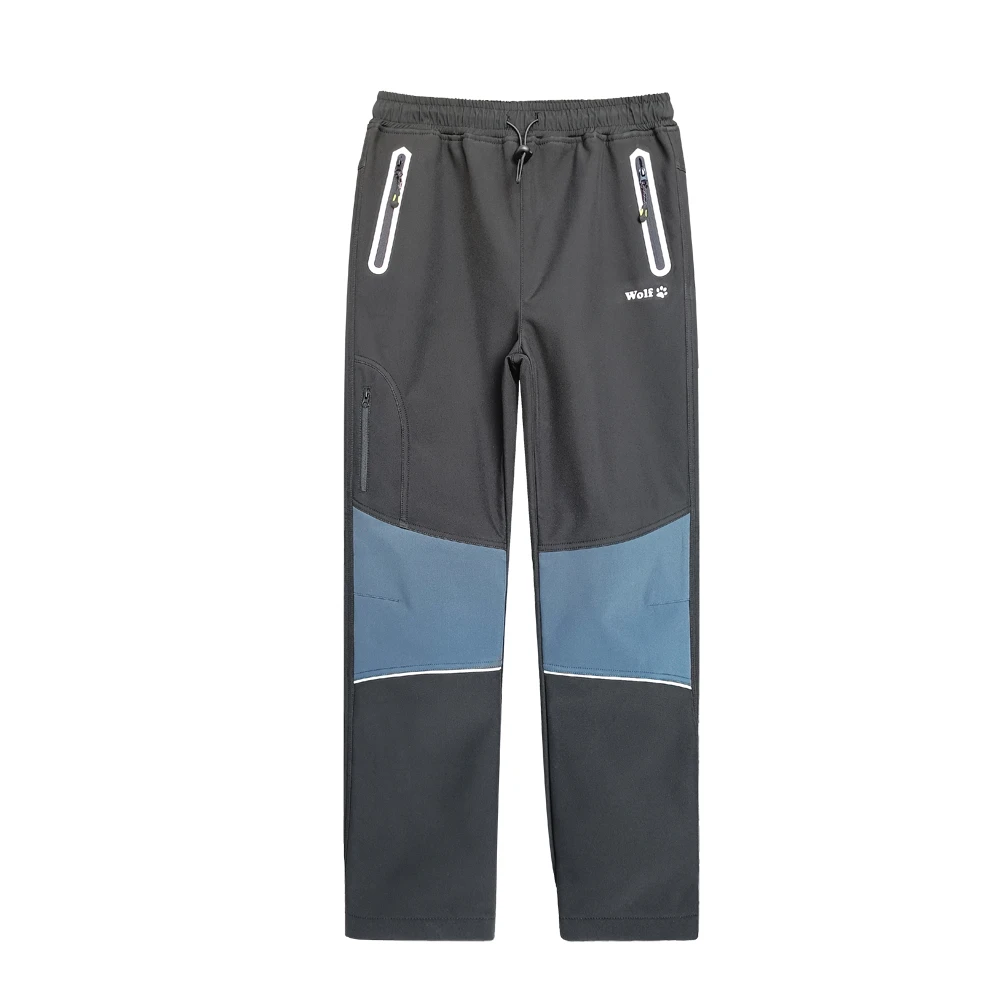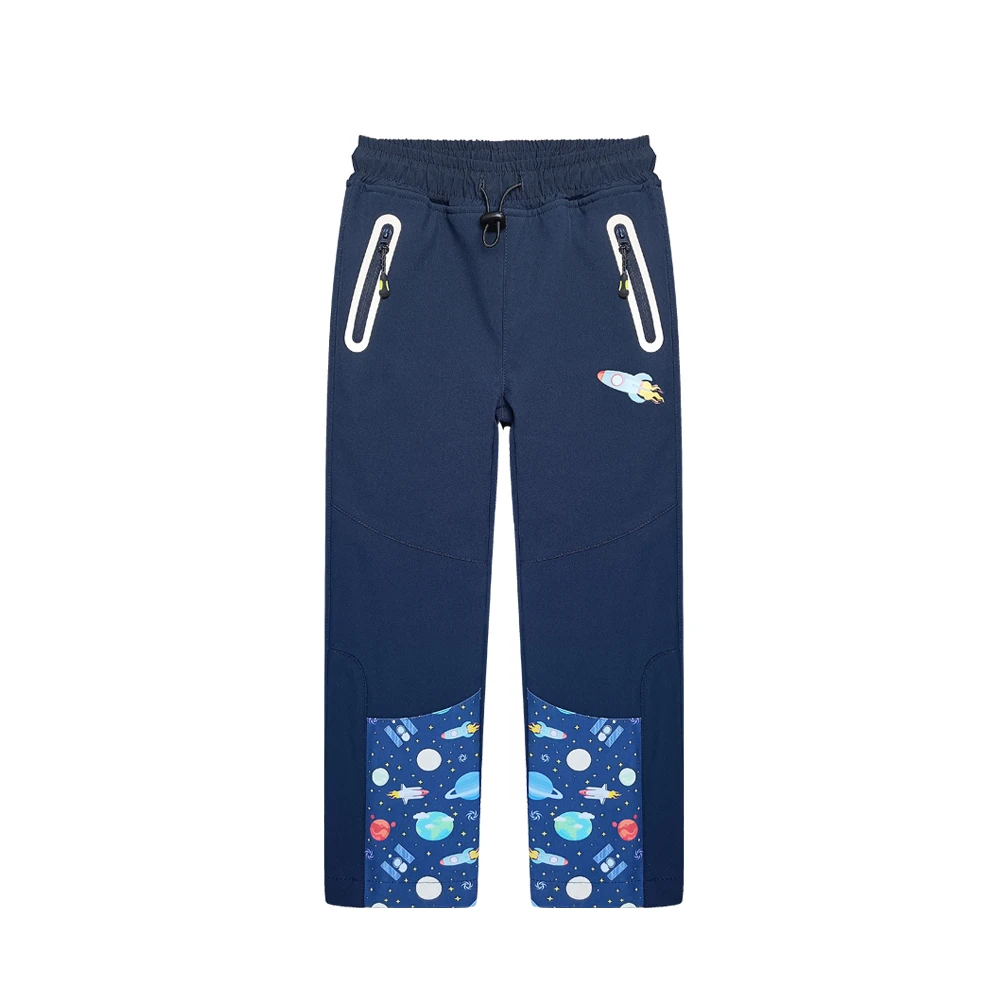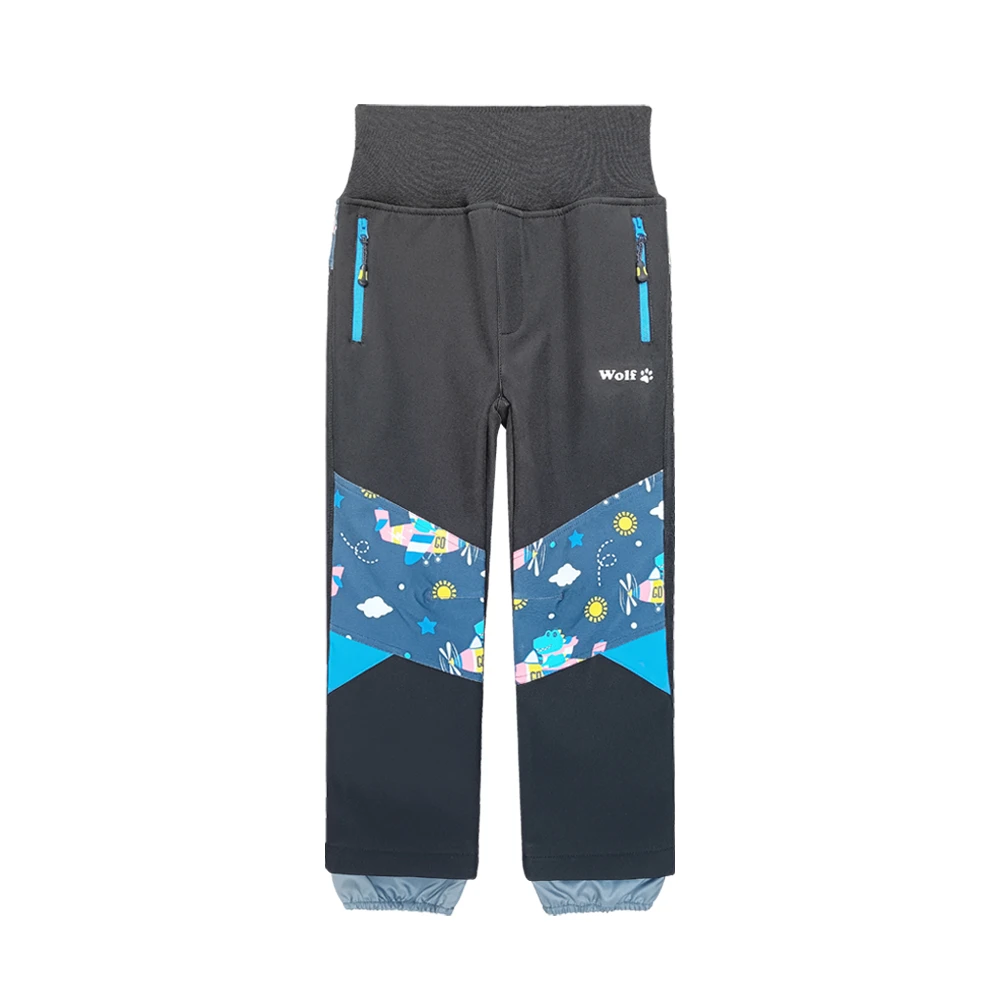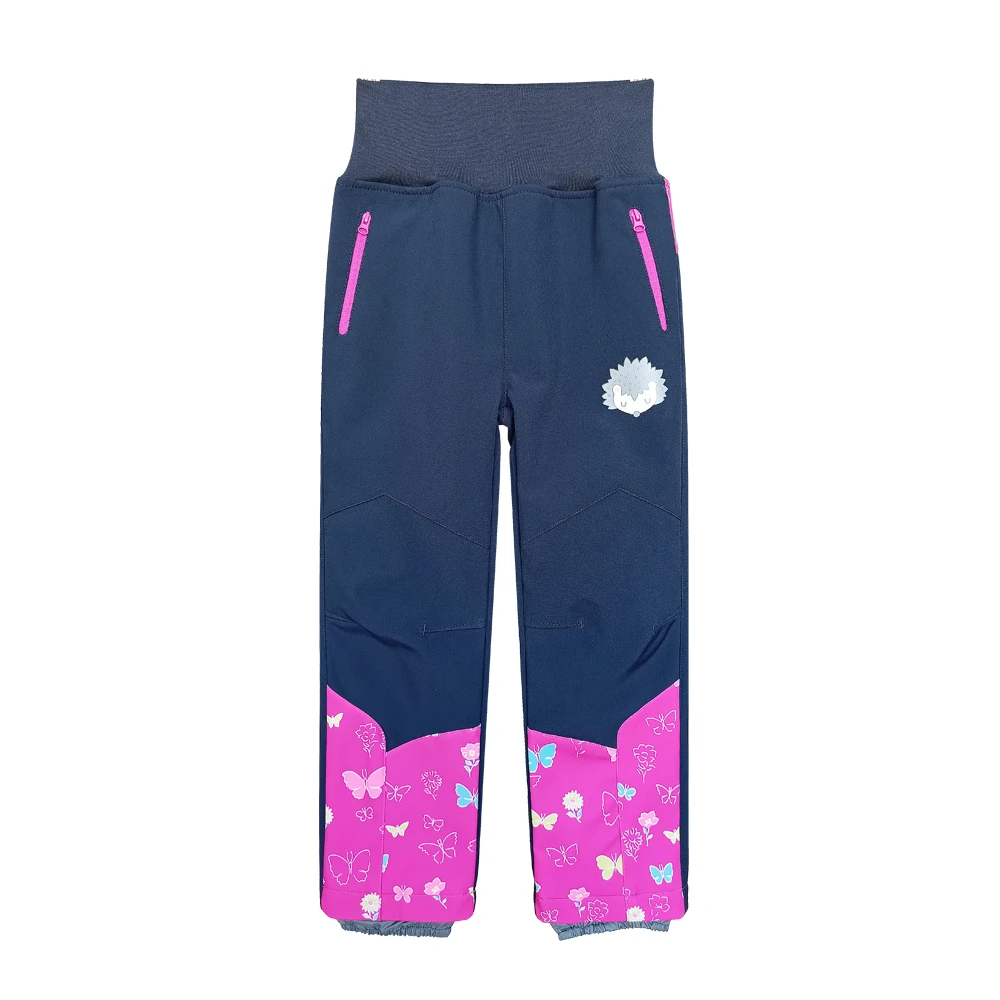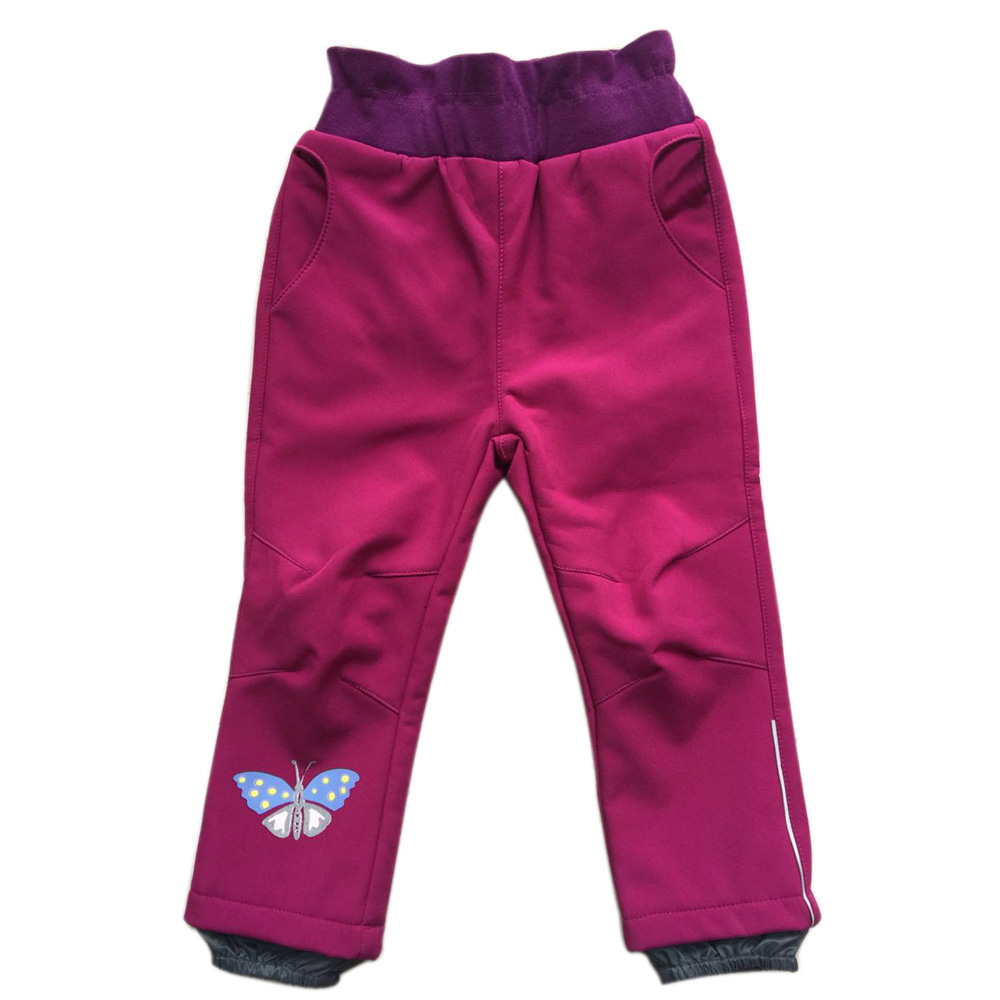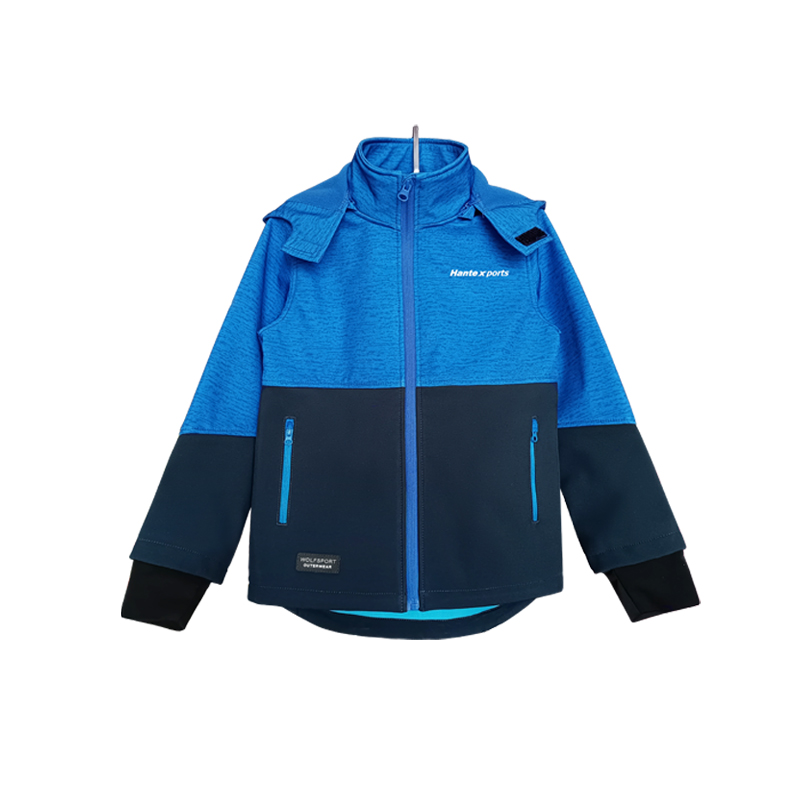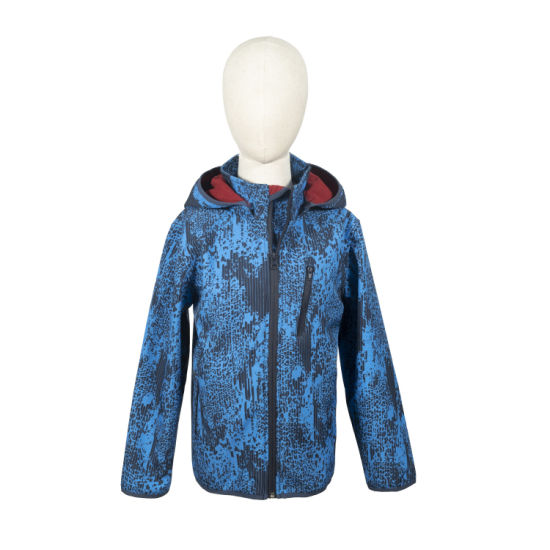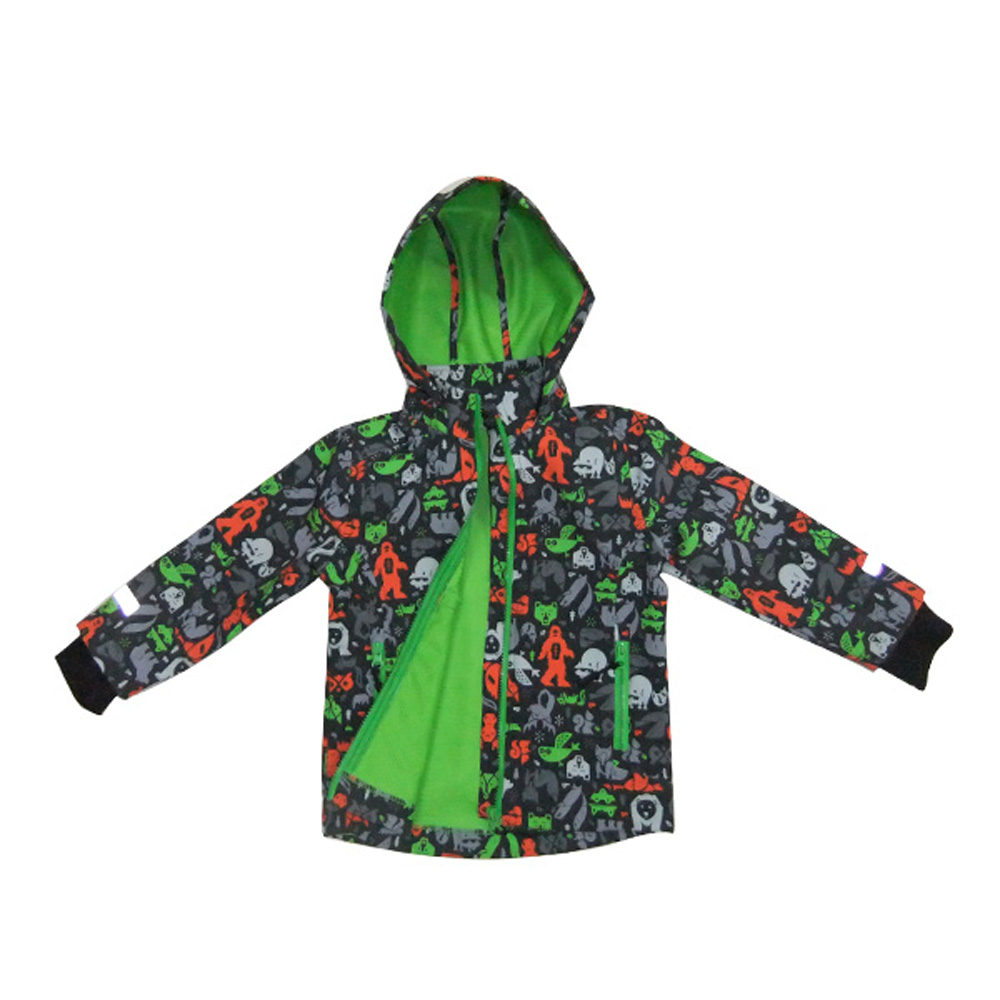Why Unbranded Sportswear Makes Sense in Real-World Work and Play
After spending over a decade in the industrial equipment sector, I've noticed a recurring trend: the rising popularity of unbranded sportswear. You might wonder why people who swear by top-tier branded gear would even entertain a switch. Well, it’s a mixture of practicality, reliability, and yes, cost-effectiveness — and oddly enough, that combination fits snugly into sectors beyond just the gym or weekend joggers.
Now, don’t get me wrong. Branded gear typically brings a seal of quality, design innovation, and sometimes bragging rights. But when you’re outfitting entire teams or crews — say, in manufacturing settings or outdoor maintenance — the math starts to look different. It’s not always about the flashy logo but the fabric, fit, and durability under pressure. The subtle, less glamorous features that keep workers comfortable and safe, even when the job demands long hours, wind, rain, or heat stress.
Breaking Down the Build: What Makes Unbranded Sportswear Tick?
Most unbranded sportswear that’s circulating within industrial or active work environments adheres to strict material specs, often including softshell fabrics engineered to resist water and wind while offering breathability. The proof’s in the lab testing but also on the ground — many engineers mention how the hand feel and stretch recovery influence ease of movement. And trust me, after lugging equipment or climbing scaffolds, that stretch means a lot.
| Specification | Typical Range | Benefit |
|---|---|---|
| Material | Polyester blend, Softshell fabric | Water-resistant, windproof, breathable |
| Weight | 200-350 gsm (grams per sqm) | Light enough for layering, substantial protection |
| Water Resistance | Up to 5,000 mm hydrostatic head | Keeps workers dry in moderate rain |
| Stretch | 10-15% four-way stretch | Improved mobility and comfort |
The interesting piece here? Because many unbranded pieces share material qualities with their branded counterparts, the main difference often boils down to design flair and marketing. For industries or teams where uniformity, durability, and cost-effectiveness come first, unbranded sportswear can hit just the right note.
Comparing Vendors: Who Does Unbranded Best?
It’s not like every supplier ships out the same thing, even under the generic “unbranded” label. Some vendors emphasize fabric sourcing, others focus on sizing accuracy or simple customization options (think logos, colors). To give you a clearer picture, here’s a rough vendor comparison I put together based on durability, price, customization, and delivery speed — four things I hear about constantly from colleagues and clients alike.
| Vendor | Durability | Price | Customization | Delivery Speed |
|---|---|---|---|---|
| ProIndustrial Wear | ★★★★★ | ★★★☆☆ | ★★★☆☆ | ★★★☆☆ |
| EdgeGear Supply | ★★★★☆ | ★★★★☆ | ★★☆☆☆ | ★★★★☆ |
| SoftShell Partners | ★★★★☆ | ★★★☆☆ | ★★★★★ | ★★★☆☆ |
On a side note, my personal experience has favored suppliers who at least allow some sort of low-minimum order customization. For example, having your company’s badge modestly embroidered versus just slapped on is a subtle but crucial difference when you want your team to actually wear the kit, not just tolerate it.
A Quick Story from the Field
Last year, a buddy managing equipment maintenance at a chemical plant trialed unbranded softshell jackets for his crew. He told me the jackets performed well under all sorts of shifts — the water resistance and windproofing kept workers protected during outside checks, but the breathability stopped them from overheating inside conditioned repair sheds. They also appreciated the unbranded look: nobody’s fussing about logos overshadowing the serious work at hand.
He’s ordering again this season, which speaks volumes given how picky maintenance teams can be. If that doesn’t sell the idea of unbranded sportswear for industrial use, I don’t know what does.
Wrapping it Up: The Bottom Line on Unbranded Sportswear
In real terms, unbranded sportswear is no longer just a budget fallback — it’s a strategic choice. Durable fabrics, tested for industrial environments, at prices that let you outfit a whole workforce without compromises. If you’re scouting for unbranded sportswear that balances performance with practicality, it’s time to give these options a serious look. Because sometimes, less branding means more real-world value.
References & thoughts:
- Insights from colleagues across the industrial gear supply chain, 2023
- Material and fabric testing reports from Softshell Clothing, 2024
- Client feedback from a chemical plant maintenance team, late 2023
